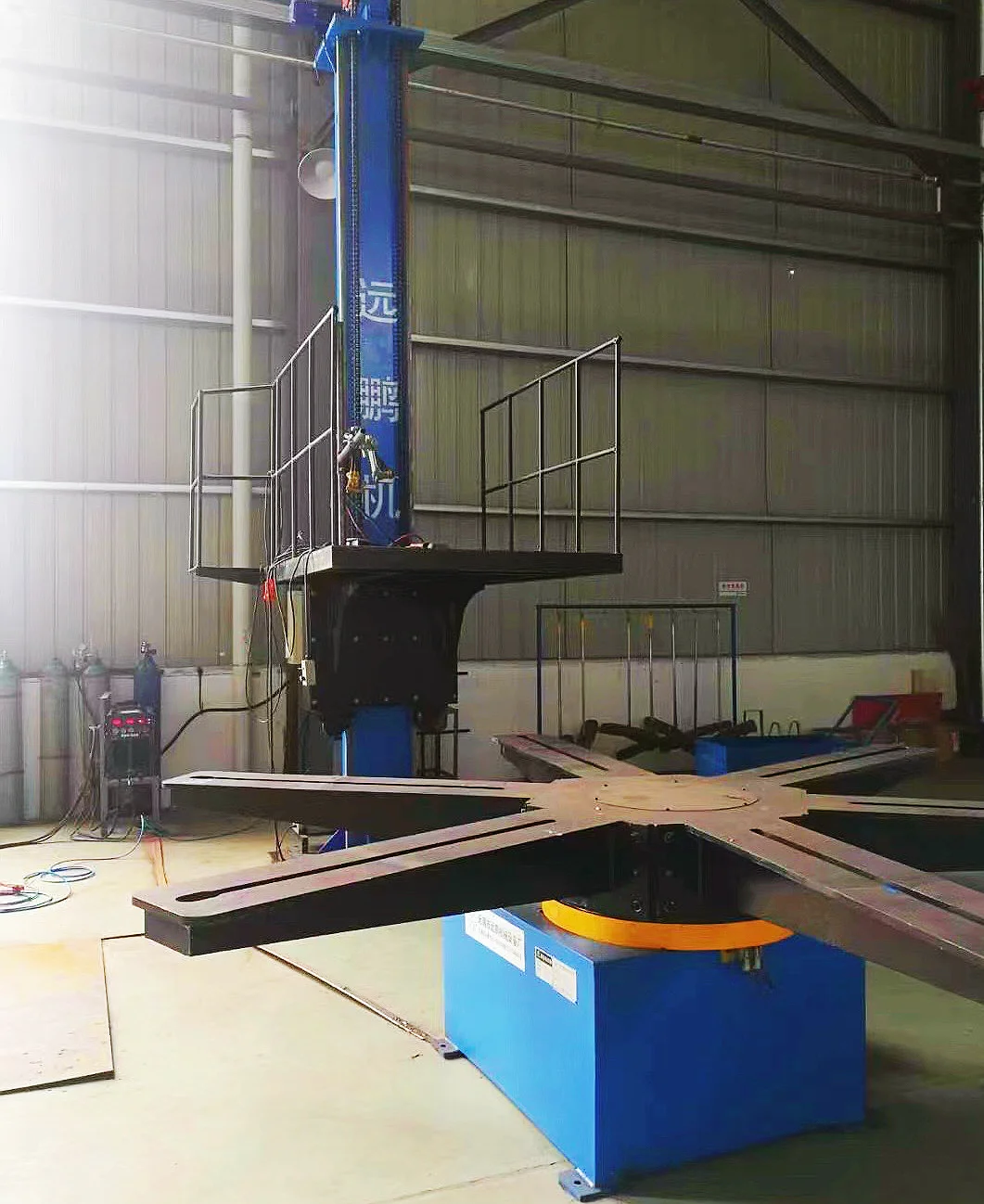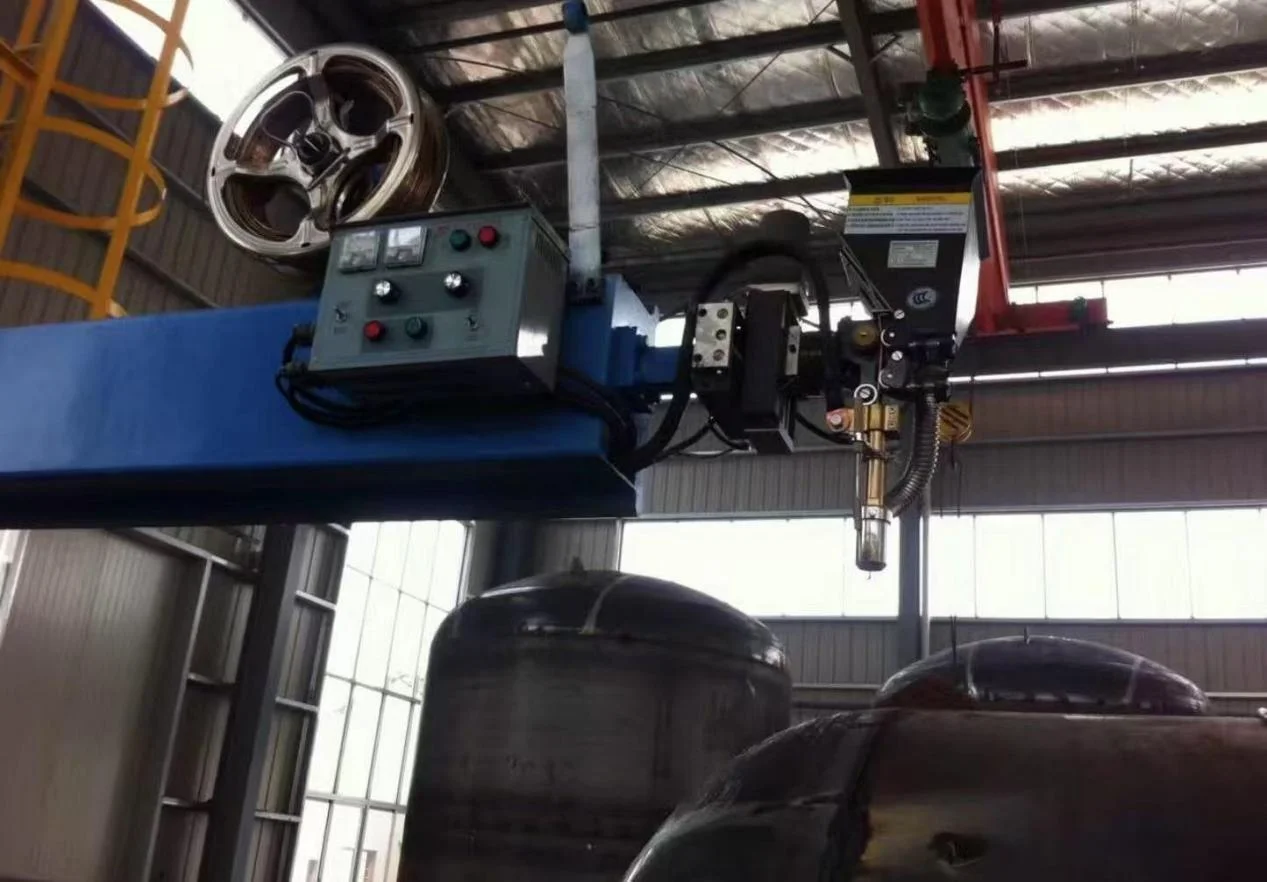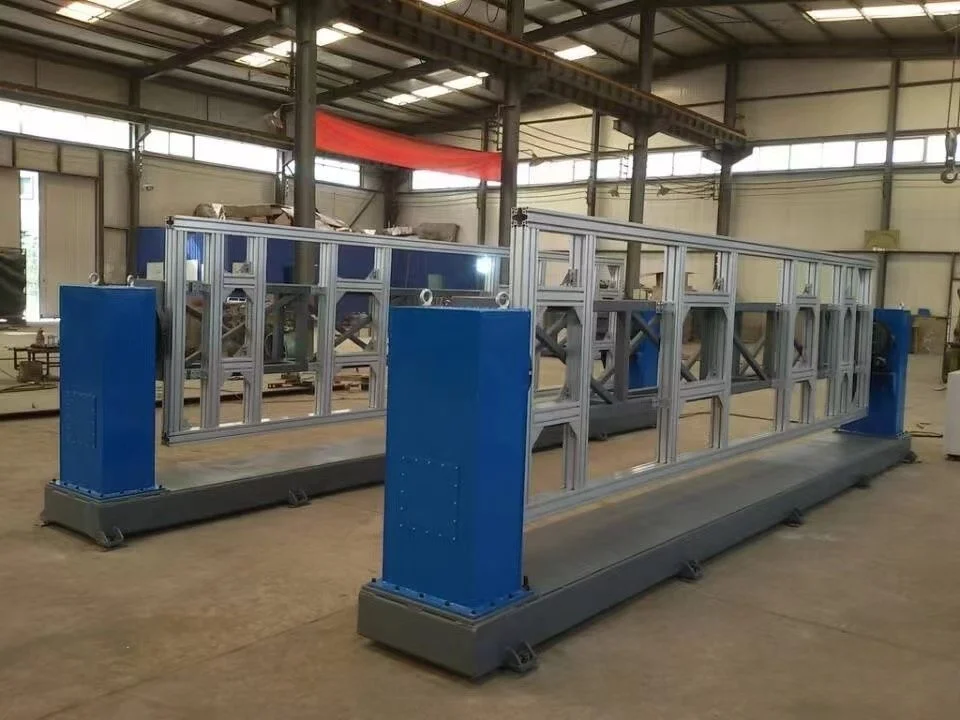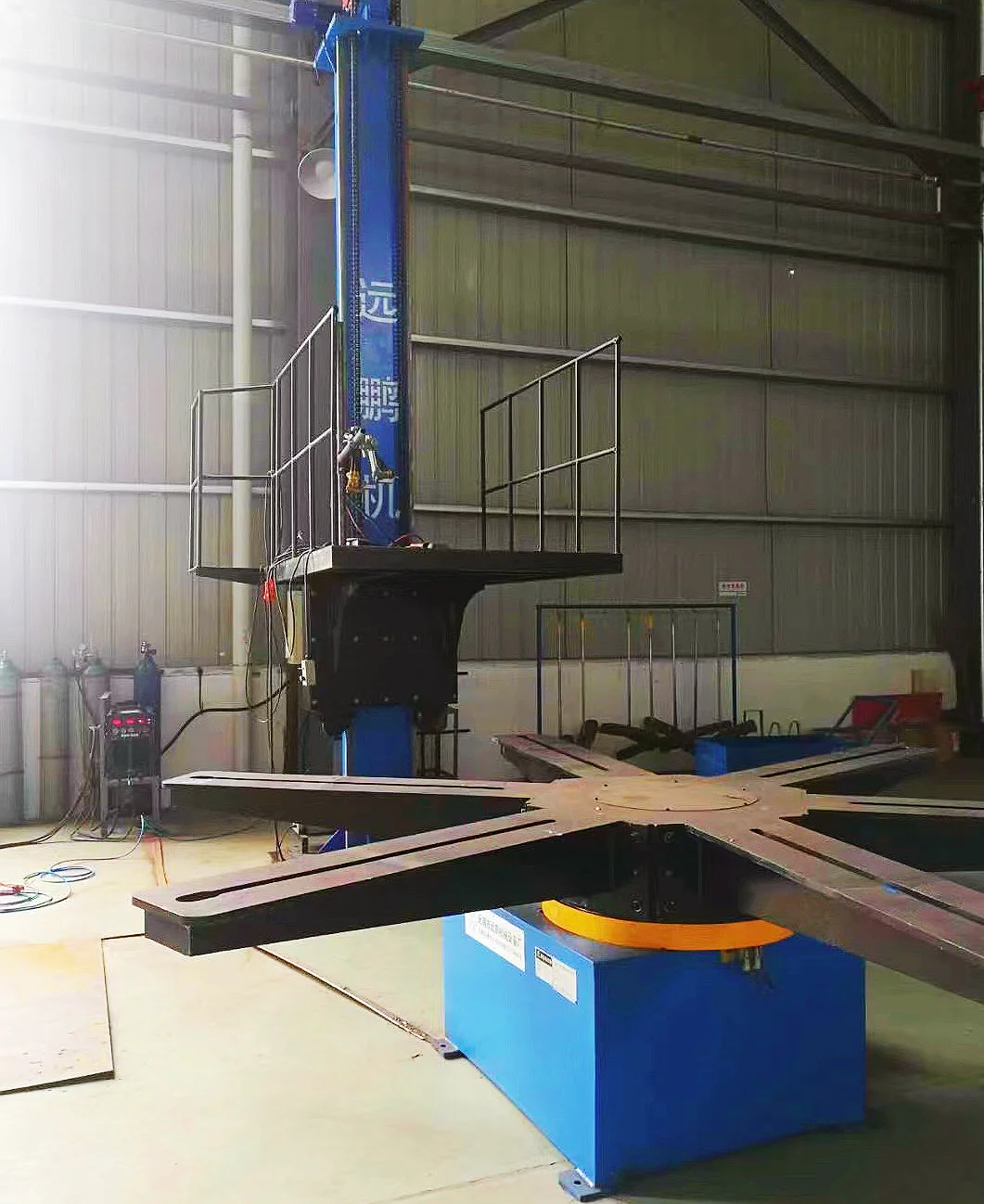In the realm of modern industrial fabrication, welding positioners have become indispensable allies in optimizing submerged arc welding (SAW) operations. SAW, renowned for its high deposition rates and consistent weld quality, dominates large-scale metal fabrication across shipbuilding, bridge construction, and pressure vessel manufacturing. The strategic integration of automated welding positioners with SAW systems now drives unprecedented efficiency gains while addressing complex welding challenges.

Synergizing SAW Technology with Precision Positioning
Submerged arc welding relies on a granular flux layer to shield the arc and molten weld pool from atmospheric contamination, ensuring exceptional metallurgical integrity. However, fixed-position welding struggles with large or geometrically complex components—uneven heat distribution leads to defects like lack of fusion, slag inclusions, or porosity. This is where industrial welding positioners transform outcomes through dynamic workpiece manipulation.
Modern welding positioner systems enable precise control over rotational, tilting, and inversion movements, positioning joints in optimal flat (1G) or horizontal (2G) orientations. For instance, fabricating spherical storage tanks requires consistent circumferential welding—a task exponentially simplified by motorized welding turntables. These SAW-compatible positioners maintain uniform travel speed and torch alignment, eliminating positional defects while boosting deposition rates by 35–50%.

Automated SAW-Positioner Integration: Technical Breakthroughs
Advanced CNC welding positioners now synchronize seamlessly with SAW power sources through PLC-based controls, enabling:
1. Adaptive motion control: Real-time adjustments to rotation speed (0.5–3 RPM) based on weld current fluctuations
2. Multi-axis coordination: Dual-axis headstock-tailstock systems managing compound angles for T-joints or fillet welds
3. Flux recovery optimization: Positioner tilt mechanisms ensuring proper flux coverage during vertical-up welding
4. Heavy-duty stability: 10-ton capacity welding rotators handling massive pressure vessel segments

Case studies in offshore platform construction demonstrate 60% faster production cycles when combining SAW with servo-driven welding positioners. Automated seam tracking systems further enhance precision, reducing rework rates by 40% in thick-plate applications.
Diverse Welding Positioner Configurations for SAW Applications
- Single-axis motorized turntables: Ideal for pipe welding and cylindrical components
- H-frame inverter positioners: Facilitate 180°flipping for double-sided groove welds
- 3D programmable manipulators: Accommodate complex structural nodes in bridge girders
- Crawler-type positioners: Enable longitudinal welding of railcar undercarriages
Critical technical specifications include:
- Torque capacity: 1,500–20,000 Nm for heavy-section welding
- Tilt range: ±135° for overhead weld access
- Control interfaces: EtherCAT, PROFINET, or Modbus TCP/IP integration
- Safety compliance: ISO 12100-certified emergency stop systems
Implementation Best Practices
1. Electromagnetic compatibility: Shielded cabling to prevent interference between SAW transformers and positioner drives
2. Thermal management: Liquid-cooled rotary unions for high-duty-cycle operations
3. Flux containment: Custom shrouds to maintain flux layer integrity during dynamic movements
4. Operator training: Certified programs covering SAW-positioner synchronization and defect troubleshooting
Recent innovations include AI-powered welding positioners that auto-correct joint misalignment using laser scanners and adaptive speed control algorithms. IoT-enabled models provide predictive maintenance alerts for gearboxes and slip rings, reducing downtime by 30%.
Quantifiable Benefits of SAW-Positioner Integration
- 55% reduction in positional weld defects (AWS D1.1 compliance)
- 70% faster setup times for large cylindrical components
- 25% flux consumption reduction through optimized deposition
- 4:1 ROI through labor cost savings and productivity gains
As Industry 4.0 reshapes manufacturing, welding positioners equipped with 5G connectivity and digital twin integration are redefining SAW capabilities. From automated gantry systems for wind tower fabrication to robotic SAW cells with adaptive fixturing, these solutions set new benchmarks for weld quality and throughput.
For more information about the welding positioner, please contact us through e-mail at: official@resizeglobal.com
https://www.resizeglobal.com/advanced-welding-positioner-integration-in-submerged.html
